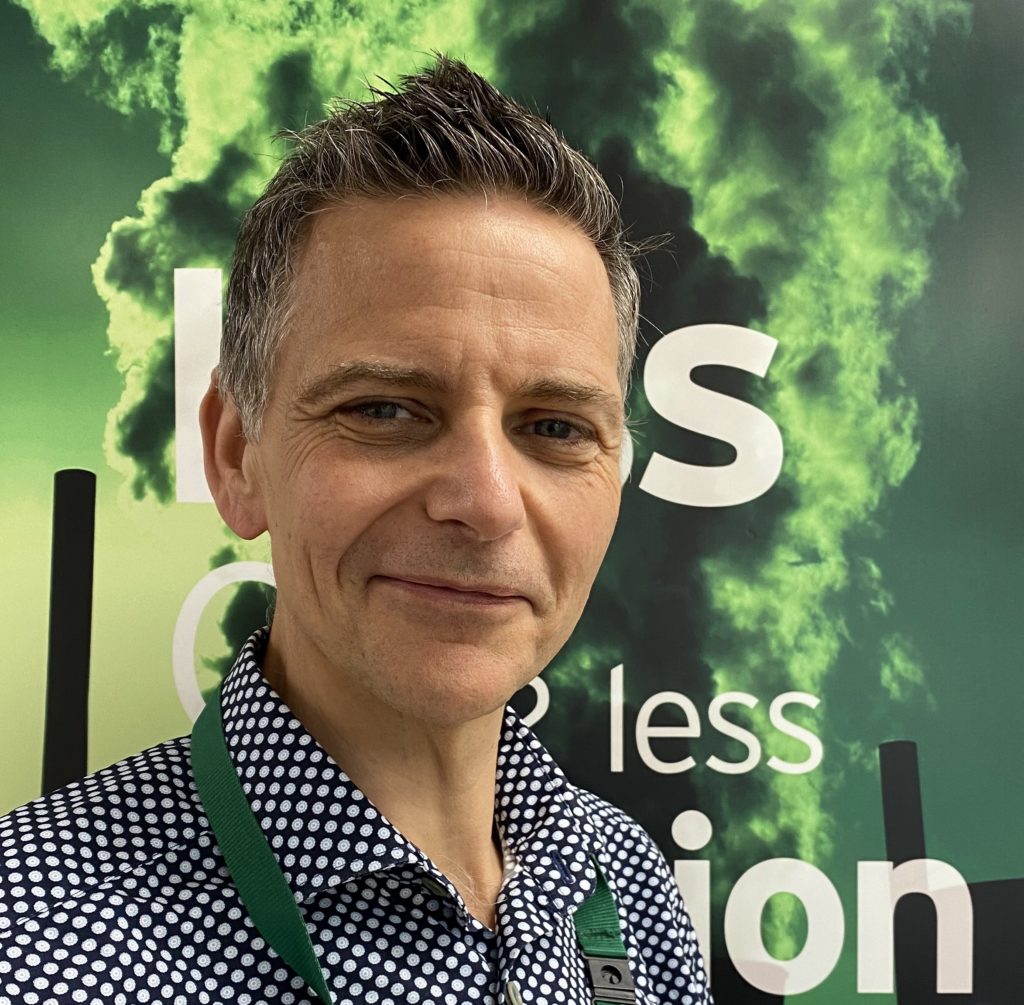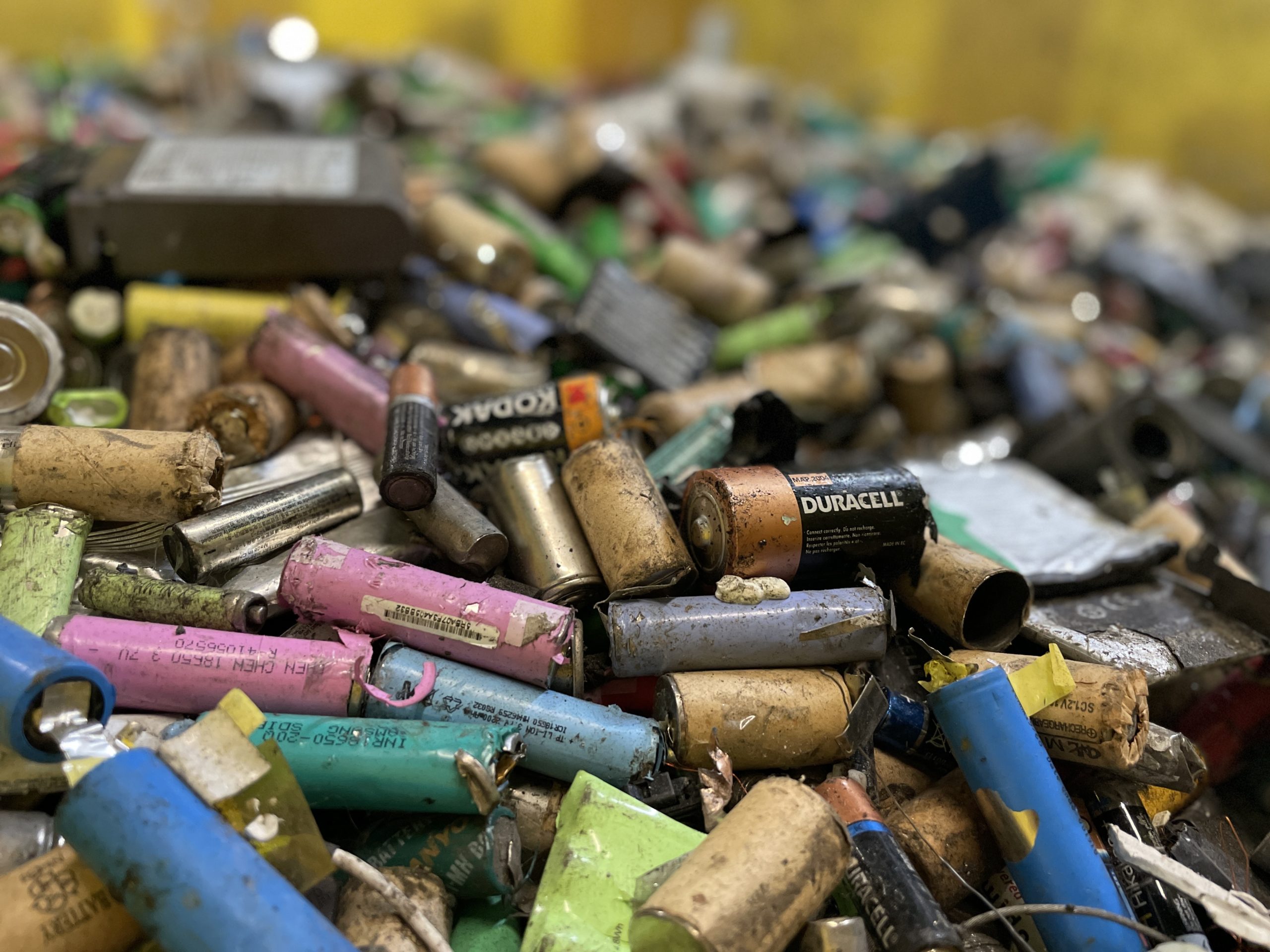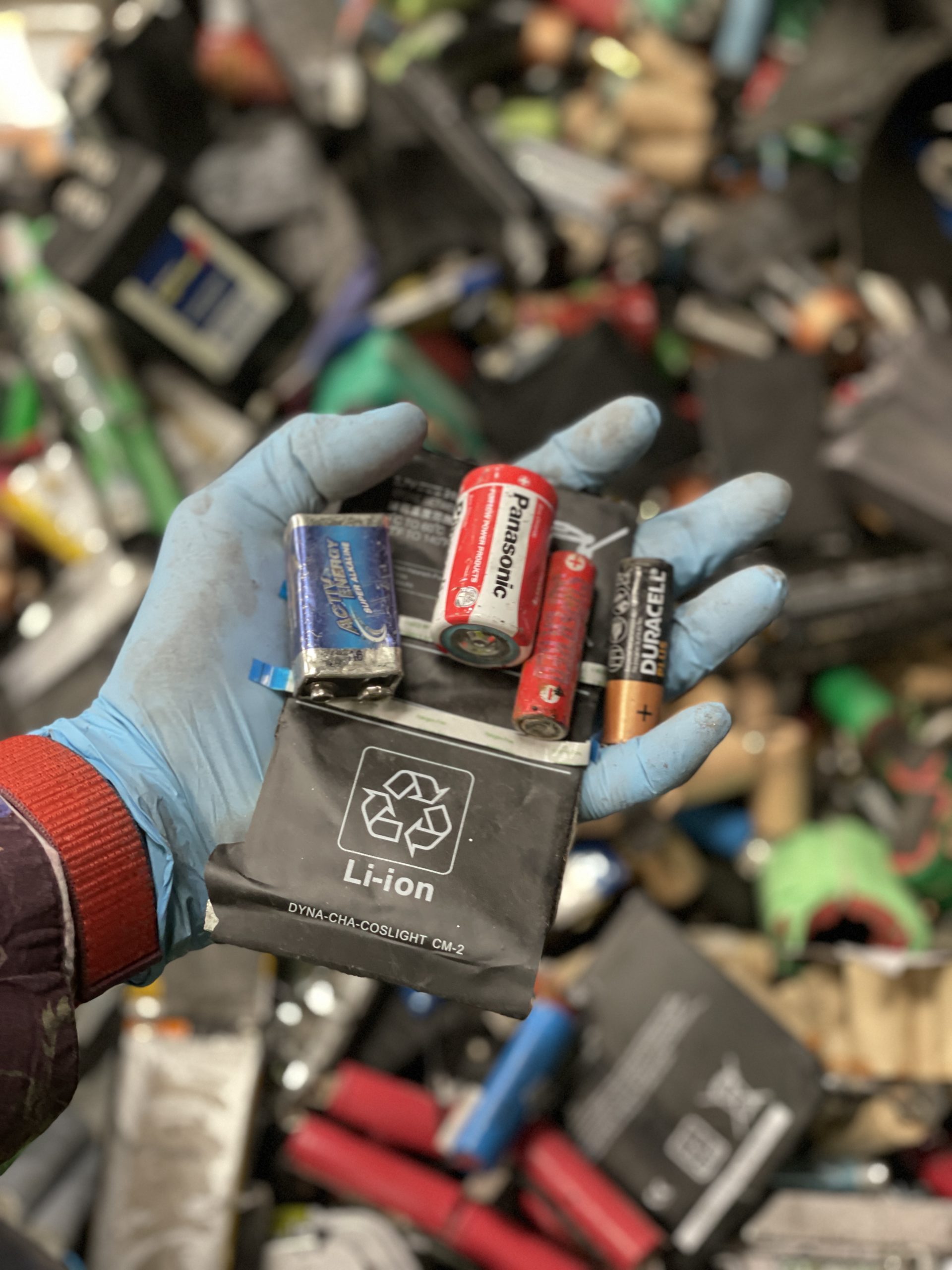OPINION: The obviously wrong lead acid battery protocol is undermining the collection of truly portable batteries. This in turn undermines treatment quality at waste electrical and electronic equipment (WEEE) approved authorised treatment facilities (AATFs) and increases fire risks in outputs from recyclers where batteries remain a contamination.
The implausibly high collection rate of portable lead batteries (1,367 tonnes put on market but 11,470 tonnes recycled in 2020) is well known to the industry and the regulators (see letsrecycle.com story), but the wrong protocol continues to be used because collection targets can be achieved on the cheap.

Producer responsibility legislation is complicated to get correct, and I sympathise with the logic that why would a producer take more responsibility than legally required by collecting batteries in excess of targets? This then loops back to lead acid battery protocol needing fixing to make sure all stake holders are motivated to collect.
True portable batteries are available to collect but approximately 3661 tonnes of batteries are hiding in our electronic gadgets (small mixed EEE).
- If the small mixed WEEE gets incinerated, then batteries don’t get recycled
- If the small mixed WEEE goes to landfill, then batteries don’t get recycled
- If the small mixed WEEE gets exported, then batteries also get exported
- If the small mixed WEEE gets recycled to a poor-quality standard, then batteries are lost into other outputs
Numbers
Looking at the numbers, there is 0.68% battery content in typical small mixed WEEE. The official figure of 0.68% comes from hand sorting trials sourced from a wide geographic area in order to obtain representative samples.

For the past two years SWEEEP Kuusakoski has had our battery capture rate independently verified – 80,000 tonnes of a sample size achieved 0.73% battery capture rate. The national protocol of 0.68% battery content is therefore both accurate and achievable, but you need to have a lot of staff sorting to find all the batteries.
The small mixed EEE put on the market in 2020 was 538,477 tonnes. Timesed by 0.68%, this means there are 3,661.64 tonnes of batteries held inside our gadgets. If more small mixed WEEE was recycled then more batteries could be recycled (see letsrecycle.com story).
3,661.64 tonnes is a significant weight of batteries held inside small mixed EEE, which turns into small mixed WEEE if like-for-like old for new. The National Packaging Waste Data base confirms that in 2020 battery compliance schemes collected 17,728 tonnes of batteries, but true portable batteries (Ni-Cd and ‘Others’) not skewed by lead acid protocol was 534.681 tonnes and 5722.906 tonnes, equalling 6257.587 tonnes.

AATFs
Recycling more small mixed WEEE correctly via AATF infrastructure is critical to being able to reach battery targets once the lead acid protocol fixed.

Crucially the quality of recycling at AATFs must also be measured to ensure 0.68% is being achieved. This has never previously been audited by the Environment Agency in any meaningful way, but 0.68% as a key performance indicator (KPI) is planned as part of a Best Available Treatment, Recovery and Recycling Techniques (BATRRT) refresh.
WEEE producer compliance schemes also have a role to play in checking that a robust battery capture system is in place at all AATFs. Where a WEEE PCS is also a battery PCS you would expect a shared interest in checking battery capture rates are being achieved – that is joined up producer responsibility in action.
SWEEEP Kuusakoski’s independently audited battery capture rate report (0.73% across 80,000 tonnes of small mixed WEEE) has been shared with all our key customers. You do however need to apply a lot of labour to capture all the batteries and it is significantly cheaper not to capture all the batteries when recycling small mixed WEEE.
- Small mixed WEEE 2019 recycled via AATFs = 137,022 tonnes x 0.68% battery content = 931 tonnes of battery potential
- Small mixed WEEE 2020 recycled via AATFs = 108,933 tonnes x 0.68% battery content = 740 tonnes of battery potential
Battery compliance schemes will know how much battery tonnage has come from AATF during the last two years and it should have been around 931 tonnes plus 740 tonnes, to equal 1671 tonnes.
SWEEEP Kuusakoski has captured 574 tonnes of batteries out of small mixed WEEE during the last two years, all recycled via battery schemes and contributing to battery capture rate data.
Batteries are small incendiary devices and there are almost weekly reports of fires in commercial transfer stations, scrap yards, household waste sites and waste collection vehicles. All stakeholders are impacted by fire caused by batteries and we all have a role to play, but step one must be to stop using the obviously wrong lead acid battery protocol.






Subscribe for free